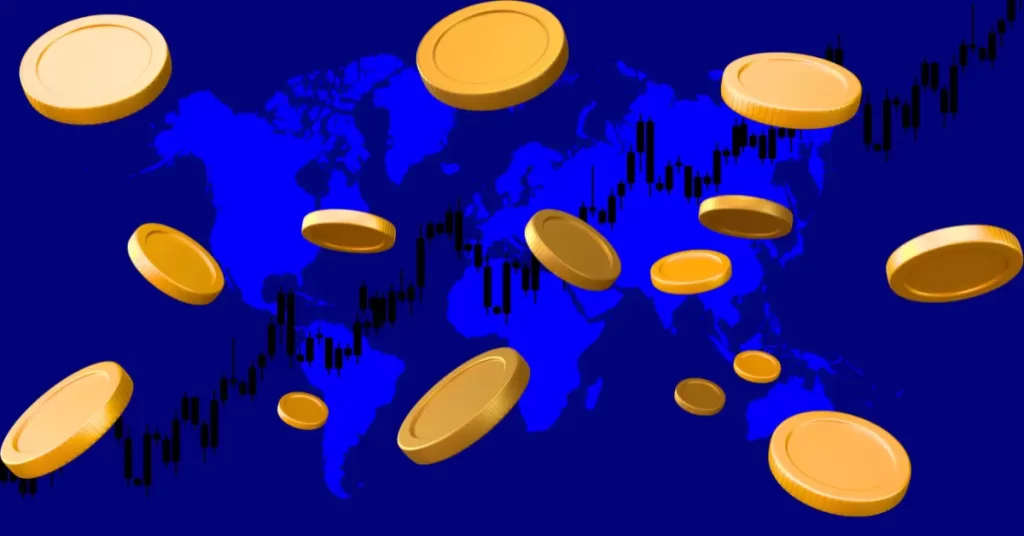EU Stablecoin Regulation: Quantoz to Launch MiCA-Approved EURQ, USDQ!

The post EU Stablecoin Regulation: Quantoz to Launch MiCA-Approved EURQ, USDQ! appeared first on Coinpedia Fintech News
In a significant move for regulated digital payments, Quantoz Payments, backed by Tether, Kraken, and Fabric Ventures, is set to release two MiCA-compliant stablecoins—EURQ and USDQ—on November 18. These euro and dollar-backed tokens are licensed by the Dutch Central Bank (DNB) as e-money tokens (EMTs), marking a major step in Europe’s push for a secure, transparent, and regulated stablecoin market.
Following their release, EURQ and USDQ will be listed on Kraken and Bitfinex starting November 21. This move will provide European users with a faster and more cost-effective way to conduct transactions using these stablecoins. Fully backed by fiat reserves, the tokens meet MiCA’s strict stability requirements, including a 1:1 fiat reserve. To enhance transparency, Quantoz will also maintain an extra 2% reserve for each token.
Quantoz Payments Issues Euro and US Dollar Stablecoins and receives an investment from Fabric Ventures, Kraken and Tether. Read the full press release with statements from @ahansjee (@fabric_vc), @marklg (@krakenfx), @paoloardoino (@Tether_to), and our @QuantozPay CEO… pic.twitter.com/Ur5AUjm5kp
— Quantoz (@Quantoz) November 18, 2024 MiCA Brings Trust to StablecoinsThe launch of EURQ and USDQ reflects the growing importance of the EU’s Markets in Crypto-Assets (MiCA) regulation in building trust in digital finance. MiCA’s framework ensures that stablecoins meet local reserve requirements and offer protections similar to traditional payment methods.
Anil Hansjee from Fabric Ventures highlighted how MiCA addresses regulatory challenges and makes stablecoin issuance more straightforward. This, he said, boosts confidence among European users and brings more legitimacy to the sector.
Concerns Over Banking Risks
Despite its benefits, MiCA is not without its critics. Tether CEO Paolo Ardoino raised concerns about a key requirement for stablecoin issuers to hold at least 60% of their reserves in European banks. He warned that since banks can lend up to 90% of their reserves, this regulation could expose the financial system to risks if these banks face instability.
.article-inside-link { margin-left: 0 !important; border: 1px solid #0052CC4D; border-left: 0; border-right: 0; padding: 10px 0; text-align: left; } .entry ul.article-inside-link li { font-size: 14px; line-height: 21px; font-weight: 600; list-style-type: none; margin-bottom: 0; display: inline-block; } .entry ul.article-inside-link li:last-child { display: none; } Norway Shows Support for MiCANorway’s central bank, Norges Bank, has shown support for MiCA, further reinforcing its significance. While the country has yet to finalize its plans for a central bank digital currency (CBDC), it is exploring the idea of a CBDC-based cross-border payment system. This aligns with the EU’s vision for harmonized digital finance and underscores MiCA’s broader influence.
Non-Compliance Could Mean Delisting
Under MiCA, stablecoin issuers must obtain proper licensing to operate within the EU. Tokens that fail to comply risk losing access to the region’s 450 million consumers and may face delisting from exchanges.
Quantoz is stepping up to fill this regulatory gap by launching MiCA-compliant stablecoins, while companies like Tether are still working toward securing their licenses.
With MiCA leading the way, Europe is carving out a path where innovation and regulation can coexist seamlessly.
